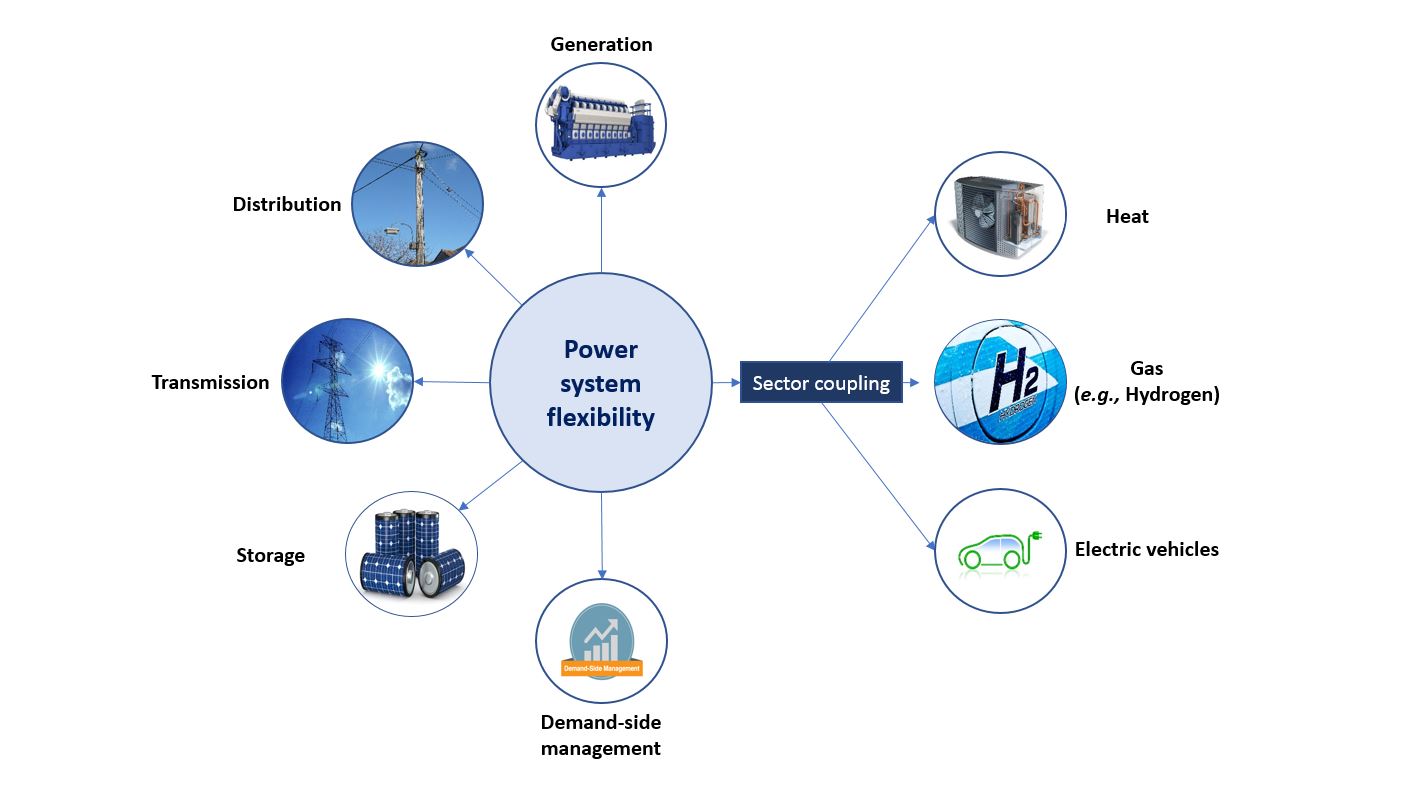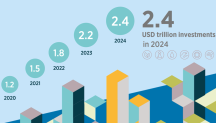

Making power systems more flexible as global energy transition accelerates
Newsletter
The global energy landscape is witnessing a rapid and disruptive change driven by an unprecedented growth in renewables. Last year alone, a record-breaking 168 GW of renewable energy capacity were added globally – the sixth consecutive year in which additions from renewables have exceeded those from conventional sources. Today, a quarter of the world’s electricity comes from renewables.
But, the recent IPCC report has sent a clear signal and called for a scaling up of renewables both in the power and in end use sectors such as transport and buildings. This echoes IRENA’s own analysis which estimates that avoiding the worst effects of global warming will require to source 85% of global power and two-thirds of total energy supply from renewables by 2050. Around 60% of electricity would come from so called variable renewable energy (VRE) like solar and wind.
Experiences from frontrunner countries show that flexibility in the power system can help integrating solar and wind into the market.
Flexibility can be found in different parts of the power system including generation, grid, storage and end-users.
With today’s report on Power system flexibility for the energy transition and a new tool to assess the flexibility of the power system – the FlexTool – IRENA opens a new work stream that support its members in finding the most cost-effective mix of flexibility solutions. The tool has been applied jointly with IRENA members Colombia, Panama, Uruguay and Thailand to assess the flexibility of their power system based on the latest national plans.
Figure 1. Flexible Power System - Accelerated uptake of wind and solar
Claudia Cabrera from the Ministry of Industry, Energy and Mining (MIEM) of Uruguay, who presented the Uruguayan FlexTool analysis during the 16th meeting of the IRENA Council, said: “The FlexTool can assess in an integrated manner sector coupling alternatives, which is an aspect of great importance in an electric system like the Uruguayan characterized by energy surpluses. Therefore, the IRENA FlexTool can complement the existing planning toolkit by providing additional insights on flexibility and options to further increase it.” The Uruguayan FlexTool analysis concluded that Uruguay's power system is flexible enough to accommodate the actual and future deployment of VRE resulting from the country’s long-term generation expansion plan.
Dolf Gielen, Director of IRENA’s Innovation and Technology Center added: “The new report showcases flexibility in all parts of the energy system. Findings show that the smooth integration of variable renewable energy into power systems requires innovations. Beyond technological solutions, flexibility can be unlocked through market design, operational practices and new business models.”
Demand has a significant potential to contribute to the flexibility of the power system - from quickly responding to supply shortages to following price signals in order to consume energy when it is cheaper, and the grid does not face congestion. A central element of flexibility is sector-coupling, the coupling of energy demand for heat, fuels and mobility by using power to heat (e.g. heat pumps), power to gas (e.g. hydrogen from renewable electricity) and power to mobility. Electric vehicles for example can act as battery storage devices if regulations and technologies are aligned and provide short term storage and grid services.
For more information, see Power system flexibility for the energy transition, including an Overview for Policy Makers, IRENA Flextool Methodology (coming soon) and two case studies.




